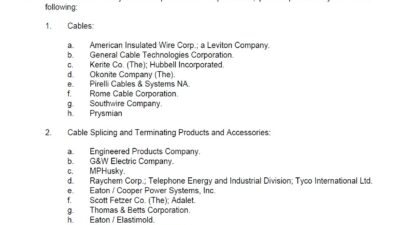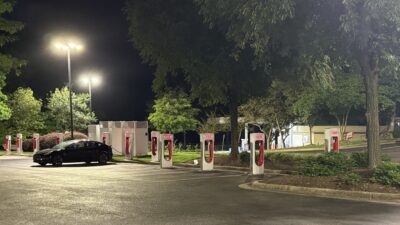A trip to London in February gave me a great slogan for the future: Mind the Gap. I must have heard that dozens of times in one week while riding London's famous Tube subway system.
A trip to London in February gave me a great slogan for the future: Mind the Gap. I must have heard that dozens of times in one week while riding London’s famous Tube subway system. Designed to warn riders getting on and off trains to pay attention to the couple of inches of space between the train and the platform, “Mind the Gap” announcements are both economical and effective. Posted signs said that only one person per week was injured last year getting on or off trains.
I was in London to attend the EcoBuild conference and trade show, which is not related to EcoBuild events in the United States. There were 35,000 announced attendees at the event, a considerable number given that the United Kingdom has one-fifth of the population of the United States. There seems to be a gap between our two countries on environmental action. Here are a few examples:
First, it’s big news in Britain’s building sector that new commercial and residential buildings must publish an Energy Performance Certificate (EPC) stating the estimated annual energy use per square foot and have the projection graded by the government on a scale of A to G (with “A” indicating the lowest annual energy use). An EPC must be generated for the sale, rental, or construction of a building. EPCs already are required on larger commercial buildings, and by October will be required for all commercial buildings.
Second, concerned about the gap between projections for energy use and actual performance, the U.K. government has mandated that public buildings publish Display Energy Certificates (DECs) stating actual performance. DECs remain voluntary for non-public buildings, but will likely become more popular as owners seek market advantage with proof of higher-performing buildings.
Provided such measures as EPCs and DECs could be required in the United States, imagine what would happen if all new and existing buildings have energy design and performance assessments A) performed, and B) graded by the federal government? This happens now on a voluntary basis through the Energy Star Building Label program. One would think that market pressures alone would drive building owners and developers to demand high-performance buildings from design and construction teams. Who would want to rent, buy, or work in a D- or F-graded building? However, would the U.S. real estate market allow the government to pass such measures? Would such measures work?
Furthermore, what would happen if the movement toward net zero energy-use and carbon-neutral buildings became mandatory? It sounds good in theory, but is it realistic? Assume for a moment that the average “good” commercial building uses 20 kWh/yr/sq. ft and that 1 billion sq. ft/yr of new buildings are built. That’s 20 billion kWh of new power demand each year. If we tried to supply this demand with photovoltaic electrical systems producing 1,500 kWh/kW/yr, we would need 13.3 million kW of solar panels installed each and every year. That’s 13,300 MW, about 30 times the current rate of production and sales in the United States and in the rest of the world.
So, I say, we need to mind the gap between expectations and reality; between government pronouncements and industry capabilities; and between what’s theoretically possible and what actually is happening in the real world of design, construction, and operations.
| Author Information |
| Jerry Yudelson , PE, is the author of six books on green buildings, including “The Green Building Revolution” and “Marketing Green Building Services: Strategies for Success.” |



